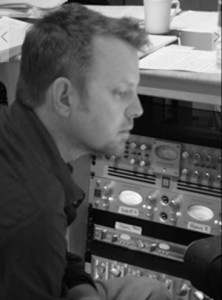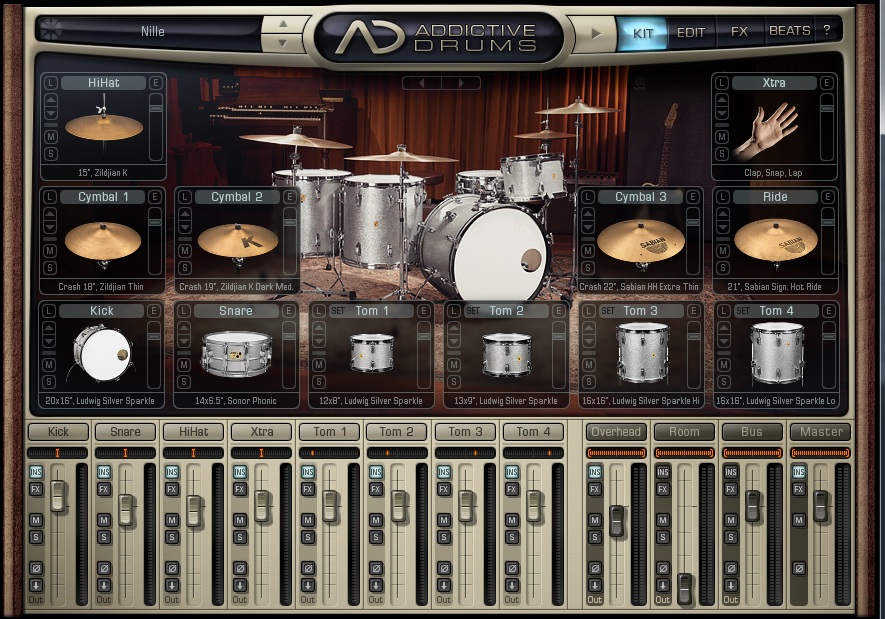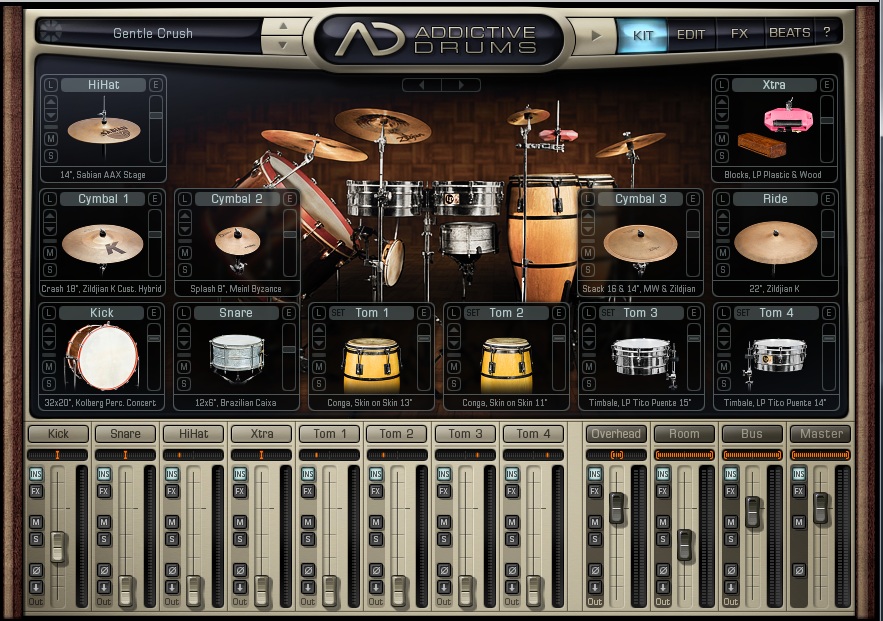X3 is being hailed as the most rock solid edition since SONAR’S inception. Beyond the new tools and features, a lot of work was put into the core functionality of the program to make sure that even top-notch music-making professionals would find performance improvements. From the Skylight User Interface enhancements, to audio engine improvements – and everything in between, professional users who depend on SONAR day-in and day-out for their livelihood are weighing in:
Timothy Wynn (Sonic Fuel Studios / SonicFuel.net) – Los Angeles, CA
 Congratulations to SONAR X3 user Timothy Wynn on winning Best Score at the CineRockom Film Festival for “The Liberator” this year. With several globally successful franchises already to his credit ranging from blockbuster video games such as Command & Conquer, Dungeon Siege, GUN, The Punisher, Red Faction, 2K’s The Darkness II, The Simpsons and Warhawk to music in the hit television series Supernatural, Tim Wynn has gained international recognition as a leader in a new generation of highly talented and versatile composers.
Congratulations to SONAR X3 user Timothy Wynn on winning Best Score at the CineRockom Film Festival for “The Liberator” this year. With several globally successful franchises already to his credit ranging from blockbuster video games such as Command & Conquer, Dungeon Siege, GUN, The Punisher, Red Faction, 2K’s The Darkness II, The Simpsons and Warhawk to music in the hit television series Supernatural, Tim Wynn has gained international recognition as a leader in a new generation of highly talented and versatile composers.
Most recently, Timothy used SONAR to work on the feature films “The Starving Games” and “MK Reloaded (2014),” while also scoring EA Sports Madden 25 with Chris Lennertz.
“Cakewalk software has always been great for me in general, but this round of SONAR has really been stepped up. SONAR X3 is the most stable DAW I have ever used. I’m running huge projects Continue reading “Professional SONAR users weigh in on SONAR X3 – Stability, Performance, & Workflow”






